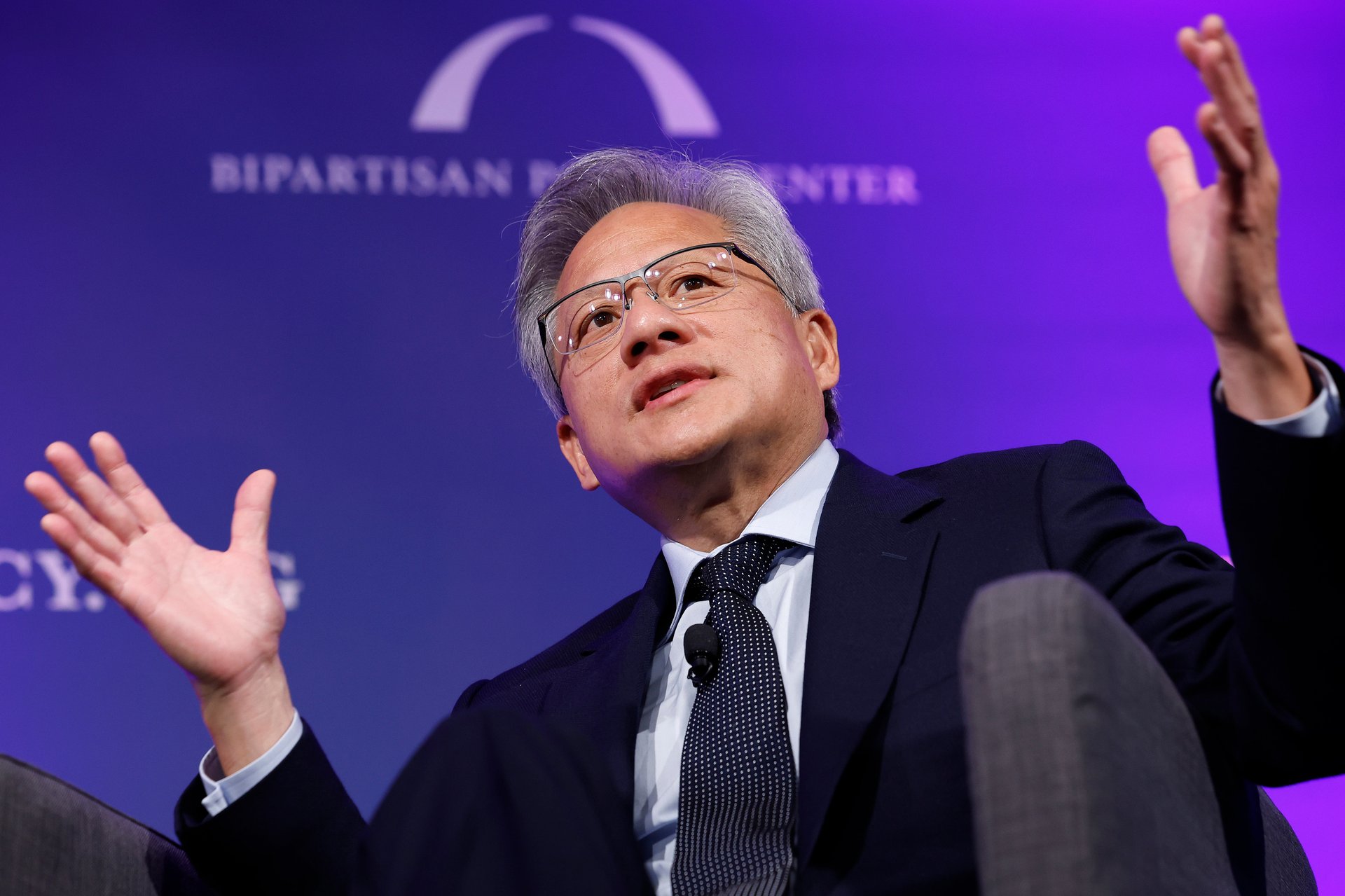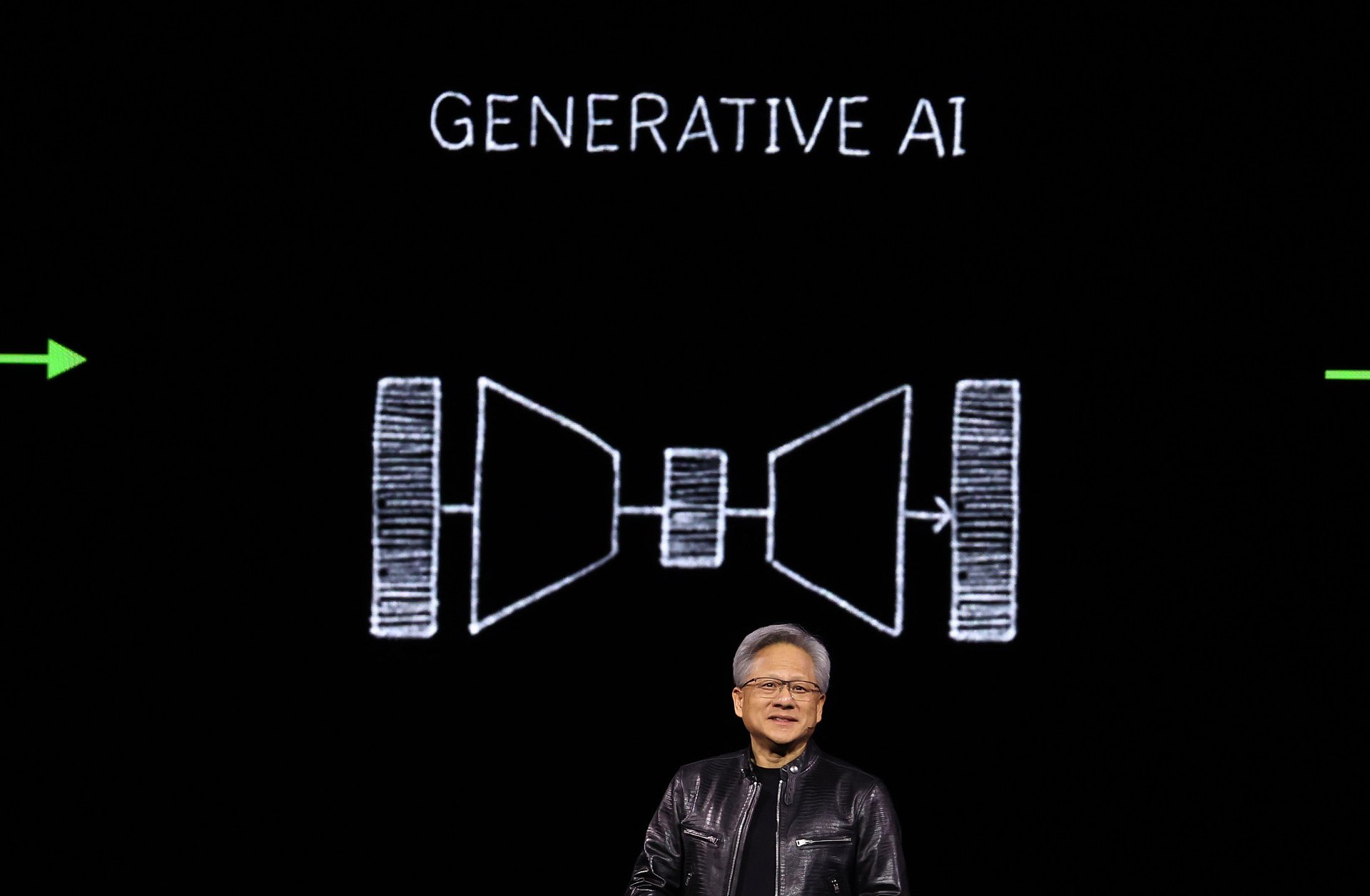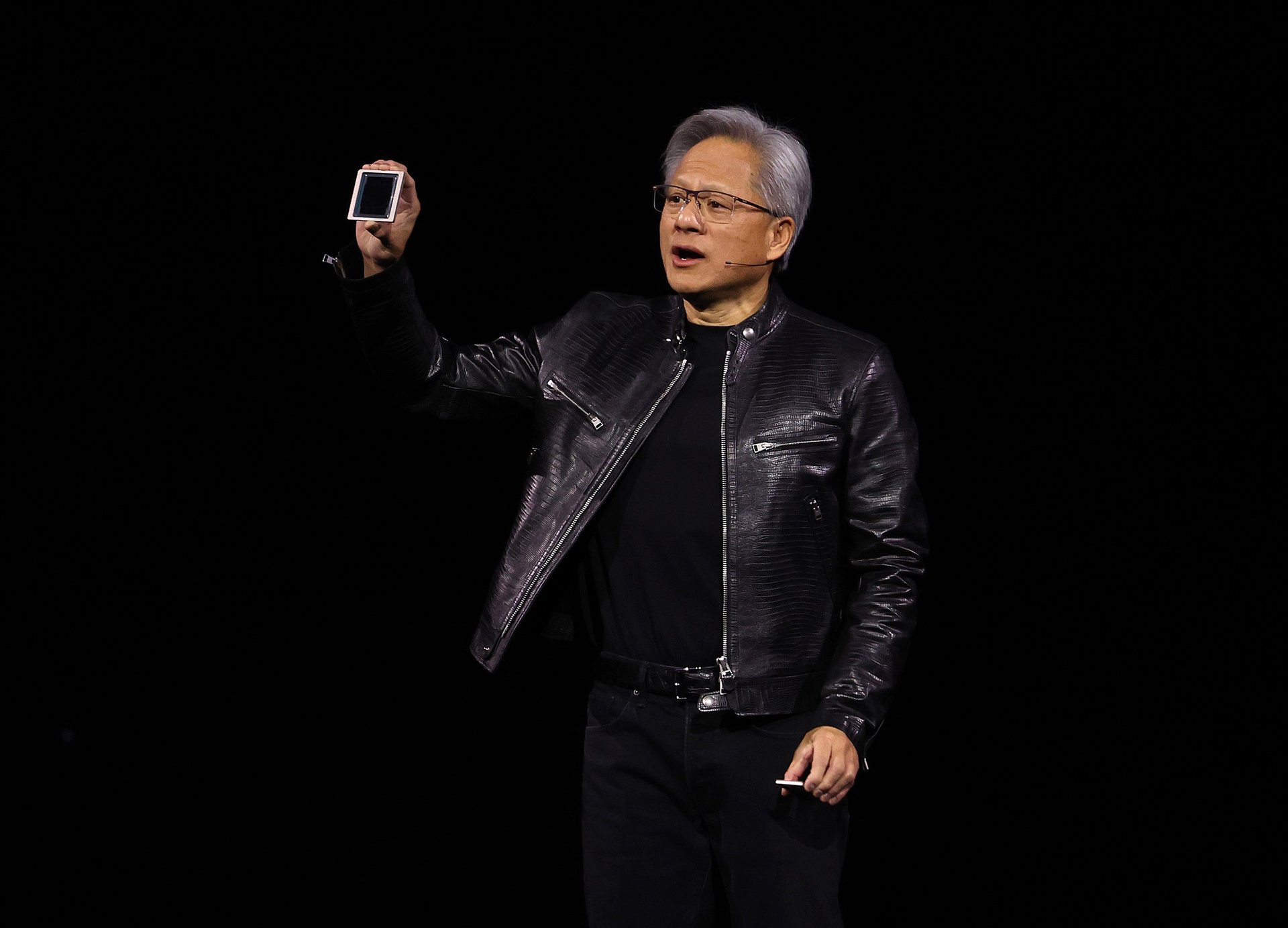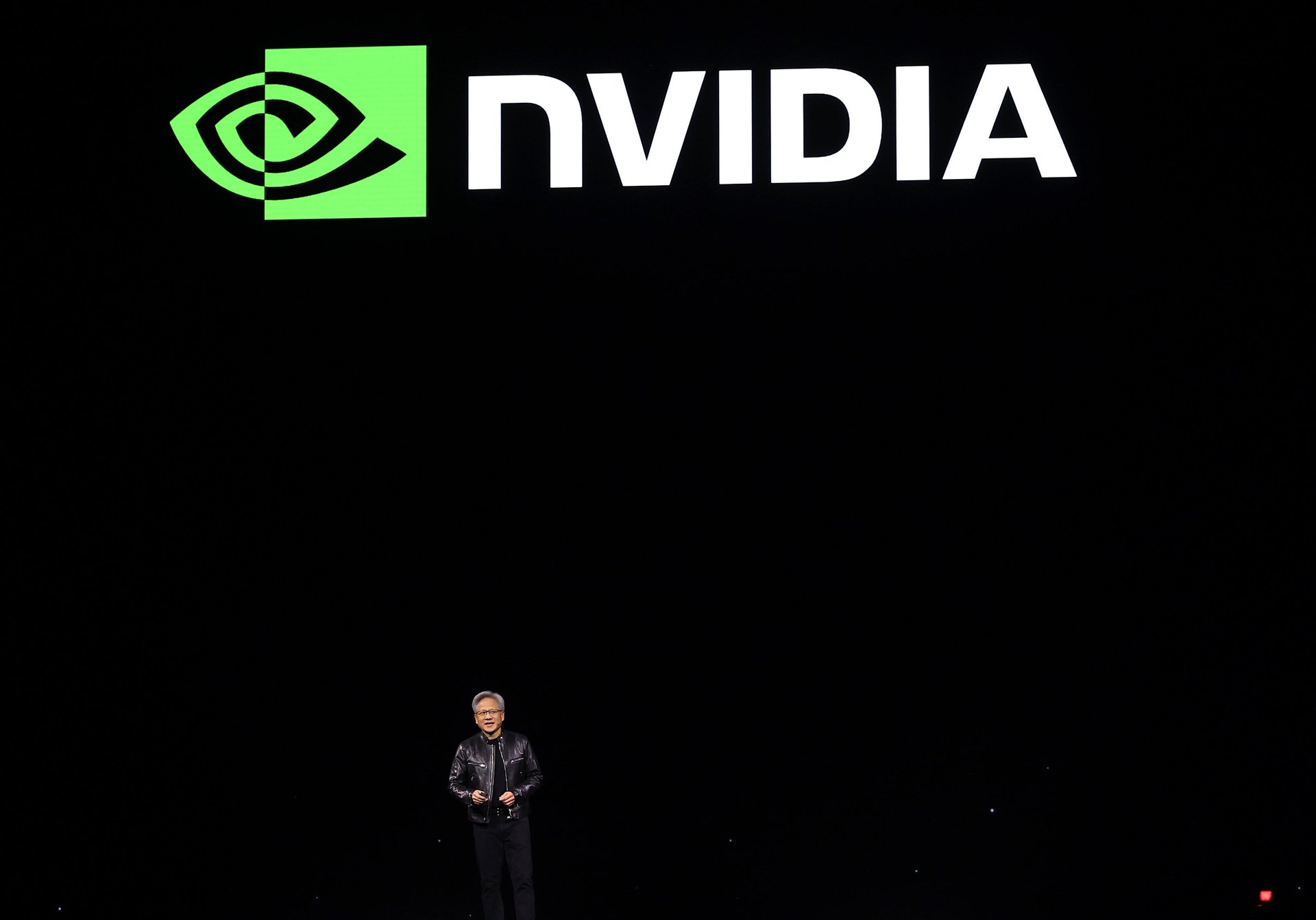Here are the chips that Nvidia can sell to China
The company made specially-designed chips for the Chinese market to comply with U.S. export controls

After the U.S. placed chip-export controls on China in October 2022 to curb the country’s technological advances, U.S.-based chipmaker Nvidia (NVDA) designed less-powerful versions of its artificial intelligence chips to continue its presence in the Chinese market while complying with the rules.
Nvidia’s most advanced A100 and H100 chips were blocked under the restrictions, leading it to develop the reduced-capability A800 and H800 chips. Chinese AI startup DeepSeek used the H800s to train and develop its AI models that rattled Silicon Valley and Wall Street earlier this year.
However, under updated chip-export controls introduced in October 2023, those graphics processing units, or GPUs, were also banned, prompting the company to develop three more compliant chips.
Now, concerns are mounting over whether Nvidia will be able to sell these specially-designed chips for much longer, as trade tensions between the U.S. and China rise.
China and Hong Kong are the chipmaker’s fourth-largest market, representing about 13% of its annual revenue — or $17.1 billion — for fiscal year 2025, according to Nvidia’s Form 10-K.
Earlier this week, the Trump administration announced new U.S. trade restrictions against dozens of Chinese tech firms, citing national security and foreign policy concerns — a continuation of the years long effort to maintain the U.S. lead in chips and AI.
Here are three chips Nvidia can sell to China.
2 / 4
The H20

To comply with the updated chip-export controls, Nvidia developed the H20, which is a modified version of its more powerful H100 GPUs that are used by major firms such as Google (GOOGL) and Meta (META). The H20 has become its most prominent chip in the Chinese market.
The H20 has a reduced core count making it lower performing but still able to deliver AI capabilities.
This week, H3C — one of China’s largest server makers — warned that the country could face potential shortages of the H20, as demand has grown significantly since DeepSeek’s boom.
3 / 4
The L20

The L20 is based on Nvidia’s Ada Lovelace architecture, and was built on the 5 nanometer process. The L20 is a modified version of the AD102 — Nvidia’s flagship GPU. The AD102 can support gaming and AI.
4 / 4
The L2

The L2 is based on the Ada Lovelace architecture, and is a modified version of the AD104 GPU.
